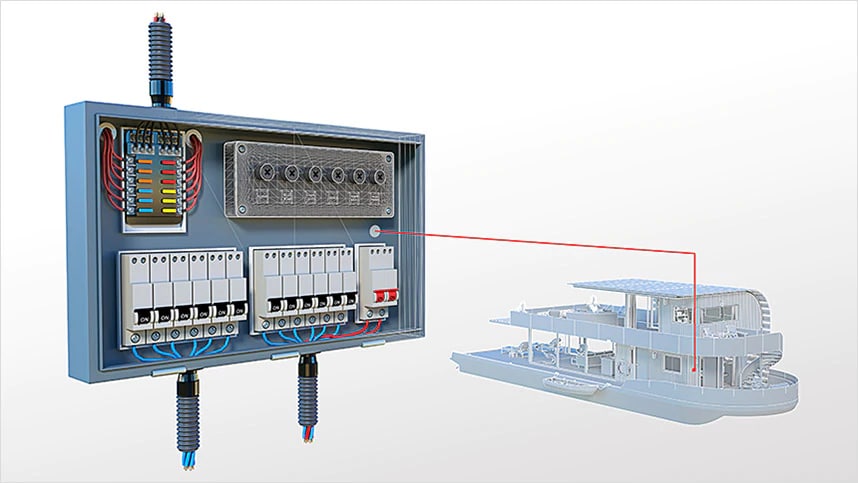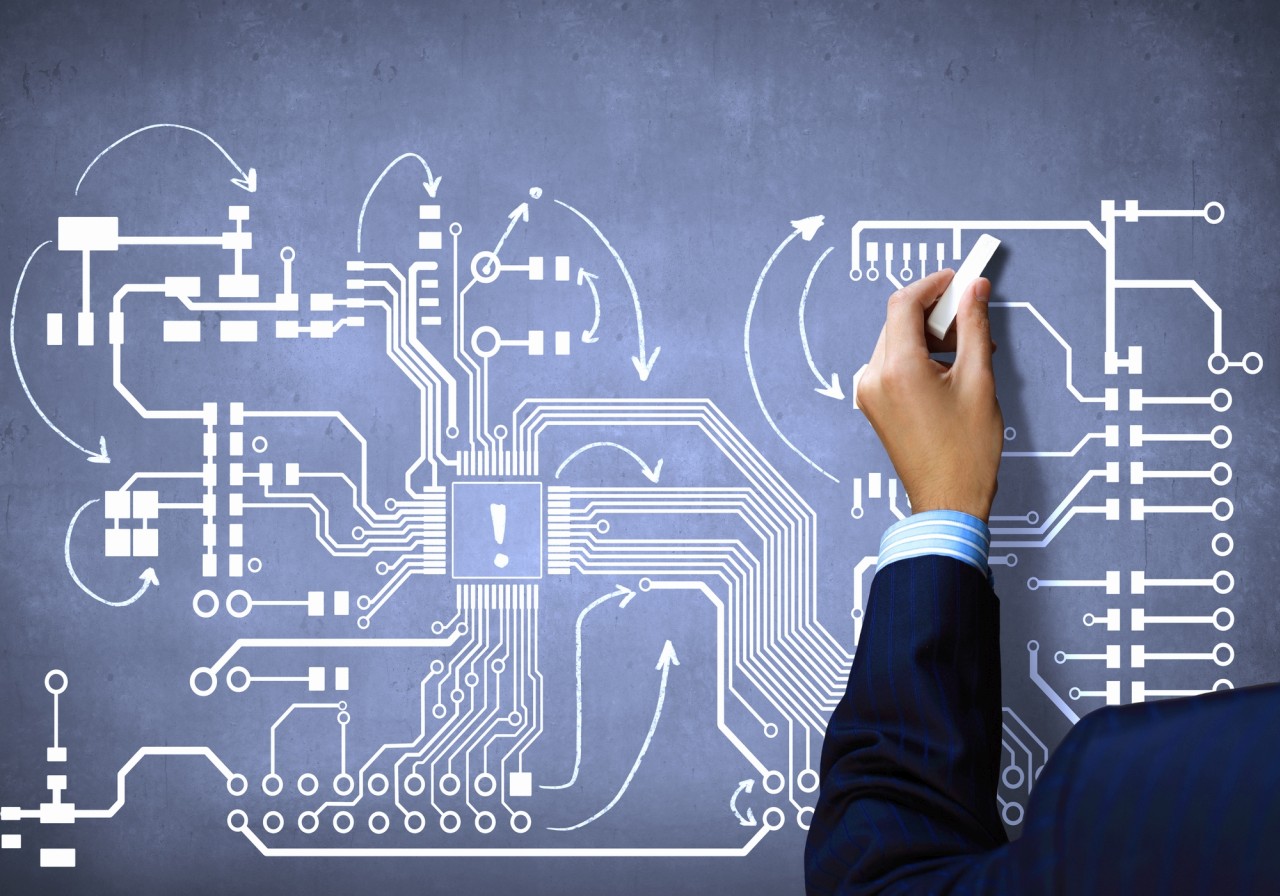Experienced Electrical Engineering Design Services Tailored to Unique Needs
Experienced Electrical Engineering Design Services Tailored to Unique Needs
Blog Article
Innovative Electric Design Providers for Modern Facilities
As city environments expand increasingly intricate, incorporating modern technologies such as clever grids and sustainable power resources ends up being paramount. These innovations not just assure to optimize power consumption however additionally foster resilience against future needs.
Importance of Ingenious Electrical Design
Innovative electric design plays a vital role in contemporary facilities, affecting not only efficiency however likewise sustainability. As cities advance and the demand for energy increases, the requirement for sophisticated electric systems ends up being vital. These systems have to not only fulfill present needs however additionally expect future growth and technical innovations.
A well-executed electric design can substantially reduce power intake, thus reducing functional expenses and lessening ecological influence. By including sustainable energy resources, such as photovoltaic panels and wind turbines, cutting-edge styles can improve power self-reliance and resilience. Smart grid technologies allow for real-time surveillance and administration of energy circulation, enhancing efficiency and reducing waste.
Safety is an additional important aspect of electrical design. Executing extensive criteria and advanced innovations can alleviate dangers related to electric failures, making sure a protected setting for organizations and homeowners alike. In addition, innovative designs facilitate adaptability, allowing frameworks to incorporate arising innovations effortlessly.
Trick Patterns in Electric Design
As the landscape of electric design remains to progress, numerous essential patterns are shaping the future of the sector. One substantial fad is the integration of wise technology into electric systems. The expansion of the Net of Points (IoT) has allowed real-time surveillance and control of electric gadgets, boosting performance and helping with predictive maintenance.
Another pattern is the growing emphasis on modular design. This strategy allows for flexible and scalable options, allowing framework to adapt to transforming needs without comprehensive restorations. In addition, the usage of sophisticated simulation devices and Building Info Modeling (BIM) is coming to be significantly prevalent, simplifying the design procedure and enhancing collaboration among stakeholders.
Additionally, improvements in materials scientific research are bring about the advancement of lighter, more long lasting, and energy-efficient components. This advancement is particularly crucial for high-performance structures and infrastructure projects.
Finally, there is a significant shift towards data-driven decision-making - industrial electrical design. Leveraging information analytics aids developers enhance systems for performance and cost-effectiveness. With each other, these patterns indicate a transformative period in electrical design, boosting performance, sustainability, and strength in modern framework
Sustainable Power Solutions
Sustainable power remedies are significantly ending up being a critical focus in electric design, showing a wider commitment to ecological duty and source performance. These solutions intend to decrease environmental effect while enhancing power consumption in numerous facilities, from domestic structures to huge industrial facilities.
Among the leading techniques involves the combination of eco-friendly energy sources, such as solar panels and wind turbines, into electrical systems. This not just lowers dependency on fossil fuels however additionally boosts energy strength. In addition, cutting-edge power storage space systems, such as sophisticated batteries, make it possible for efficient monitoring and circulation of power, making sure that surplus energy generated during optimal production can be used during high need periods.
Furthermore, energy-efficient design practices are being adopted to boost general system efficiency. This includes making use of energy-efficient illumination, a/c systems, and smart building innovations that monitor and adapt energy use based on tenancy and ecological problems.
Smart Grid Technologies
The application of sustainable power options normally causes the exploration of clever grid innovations, which play a critical duty in improving electric systems. Smart grids leverage progressed communication modern technologies and data analytics to enhance the dependability, efficiency, and sustainability of electricity distribution. By incorporating digital modern technology with standard grid facilities, these systems assist in real-time monitoring, automated control, and boosted decision-making capabilities.
Among the key attributes of smart grids is their ability to suit sustainable energy sources, such as solar and wind power. This flexibility not only minimizes dependence on nonrenewable fuel sources yet likewise enables an extra decentralized energy manufacturing design. Smart grids allow need feedback programs, where consumers can adjust their energy use based on real-time prices, therefore advertising energy conservation and minimizing peak lots demands.
Additionally, smart grid innovations boost grid resilience by making it possible for quicker recognition and resolution of outages, eventually reducing downtime. With predictive upkeep and analytics, utilities can enhance and optimize operations service shipment. As cities and neighborhoods remain to develop, clever grid innovations are necessary for constructing a sustainable and reliable electric facilities that fulfills the needs of contemporary society.

Future-Proofing Infrastructure
To guarantee long-lasting practicality and versatility, future-proofing facilities is necessary in the rapidly advancing landscape of electric design services. As modern technology advances and power needs shift, it is critical that electric systems are made with versatility in mind. This entails visite site incorporating scalable solutions that can accommodate future upgrades without requiring extensive overhauls.

In addition, sustainability needs to be a keystone of future-proofed layouts. Making use of renewable resource resources, such as solar and wind, and maximizing power efficiency lower dependence on nonrenewable fuel sources, straightening with global efforts to combat environment change.
Final Thought
To conclude, innovative electric design services play a pivotal duty fit modern-day facilities. By focusing on useful source performance, adaptability, and sustainability, these services attend to the developing demands of power systems. The assimilation of smart grid innovations and lasting energy options enhances resilience and minimizes functional costs. Future-proofing framework via advanced simulation tools and modular techniques makes certain that electric systems continue to be receptive to transforming demands, ultimately adding to a more sustainable and energy-independent future.
A well-executed electric design can dramatically reduce power usage, thus lowering operational costs and decreasing ecological effect. By integrating eco-friendly power sources, such as solar panels and wind turbines, cutting-edge designs can enhance power independence and site link resilience. Additionally, ingenious energy storage space systems, such as innovative batteries, make it possible for effective monitoring and distribution of power, making sure that excess energy generated throughout peak production can be made use of throughout high demand durations.
Smart grids make it possible for demand response programs, where consumers can change their power use based on real-time rates, therefore promoting power preservation and reducing peak tons demands. (industrial electrical design)
As innovation advancements and power demands change, it is essential that electric systems are made with adaptability in mind.
Report this page